The Challenge
Construction projects are incredibly stressful at the best of times. You need to juggle the opinions and needs of architects, clients, site managers and other stakeholders, while at the same time managing the logistical side of building materials, specialist equipment and the surrounding area. All with the knowledge that even a slight delay to the completion of the project could cost eye-watering amounts of money.
So when something goes wrong, which can happen with half-built or dilapidated buildings, you can appreciate how important everything gets put right as quickly as possible.
And things can go wrong – you face all kinds of risks from nature.
One of our clients was put in this exact situation recently. While in process of a major project, they discovered that the buildings that they were working on had not been made watertight. Following a particularly wet spell of weather, they were in trouble – the property needed to be dried before work could continue, so speed and efficiency were of paramount importance.
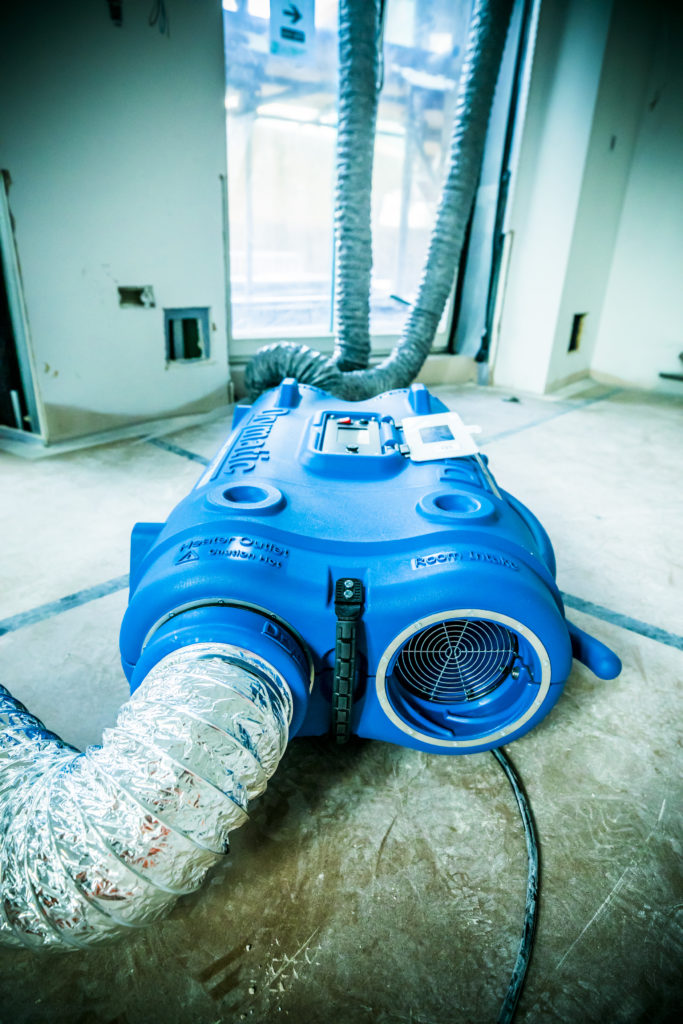
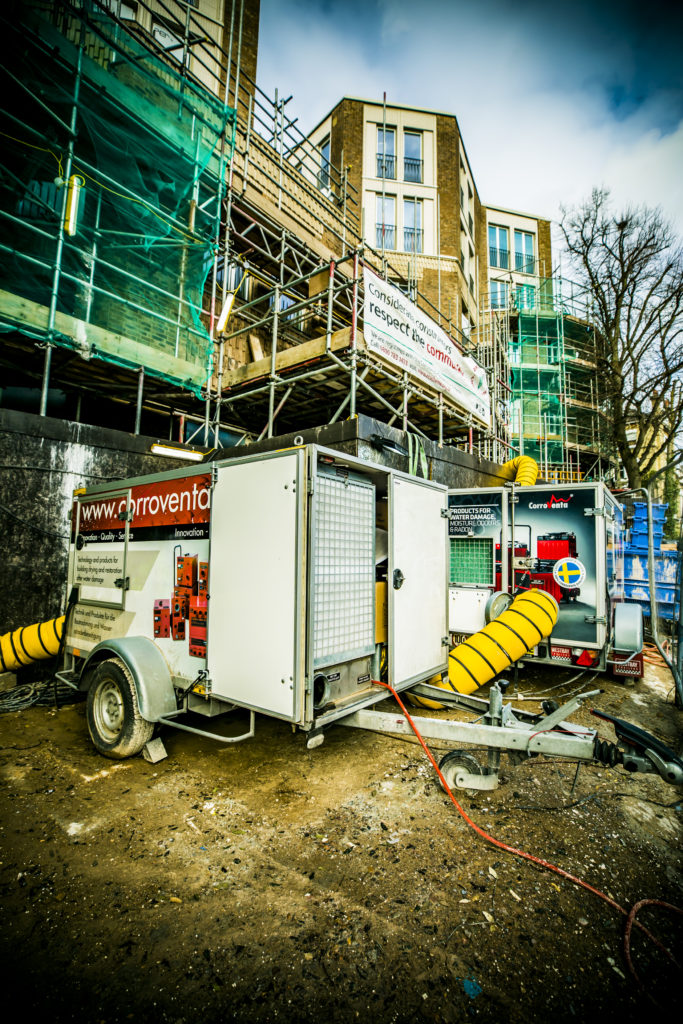
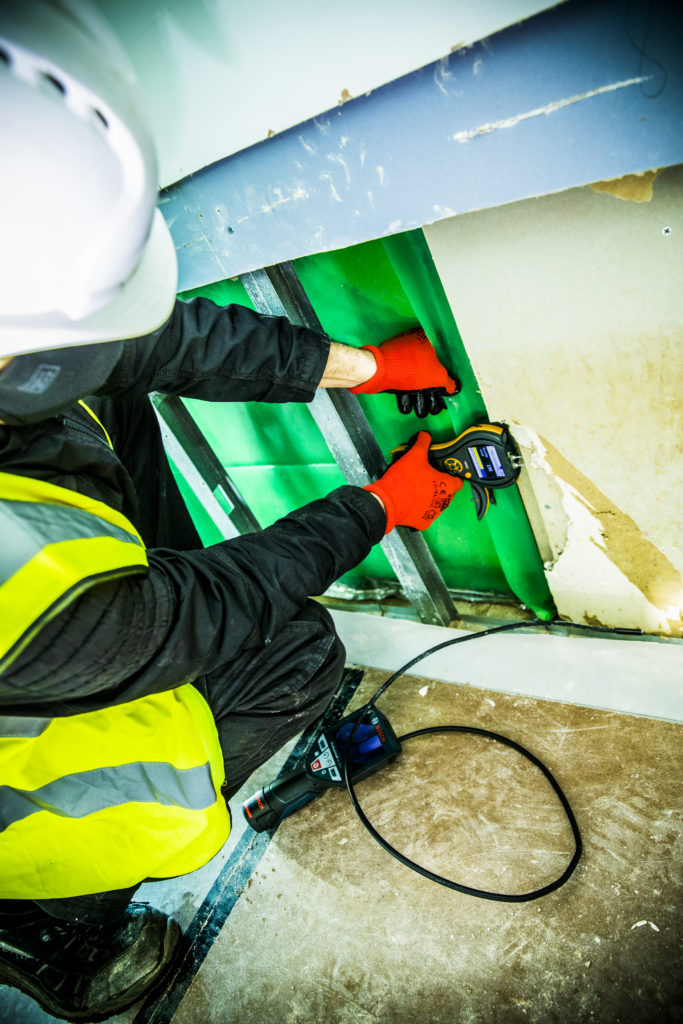
They needed a company with experience of a job this big to come in and get the work back on track. Every day that they were unable to work was potentially costing them thousands of pounds. Whoever they worked with would have to start straight away, and work quickly.
They called Ideal Response.
The Ideal Solution
Before we even got onsite, our team knew the scope of the work. It was huge.
The property, in Hampstead, consisted of two separate apartment blocks (A and B). Block A had 6 floors, with an additional parking lot and basement. Block B has 7 floors, with an additional parking lot and basement. The external walls are solid façade with new PVCA windows and top floors have porcelain tiles as a facade.
Every section of the property had been exposed to the rain and urgently needed suction drying. There was mould forming in many areas that would require remediation work. We tested every area for mould to establish exactly which areas needed this work, to save time and money for our client.
The extensive drying programme was split into phases:
- Phase 1: A site induction was conducted, with a risk assessment. We established an exclusion area with air scrubbers.
- Phase 2: We applied HEPA Vacuums to all of the walls, ceilings and voids – this removed any surface mould.
- Phase 3: D7 Direct Application – both a D7 foam a D7 fog to both eliminate any traces of mould and also to fully sanitise the area
- Phase 4: HEPA vacuums again deployed to remove any mould spores following the D& application and suppression
- Phase 5: The drying process – the equipment was installed and the moisture level monitored (more detail below)
In order to dry the property we used a combination of industry-leading equipment:
- 20 x Heat Drying System (with RCD Protection)
- 2 x Dehumidifiers (with RCD Protection)
- 6 x Air Movers
- 2 x 2 x Absorption Dehumidifier
- 10 x Booster (with RCD Protection)
This equipment was distributed around the property and moved every time a room reached a satisfactory moisture level. This had to be done manually, but our team worked tirelessly to ensure it was all done as quickly and efficiently as possible.
Monitoring was the key to ensuring that the work was completed as quickly as possible. We were able to monitor the moisture levels remotely – this meant that we were able to take readings of the drying progress without having to re-attend the property. Not only did this mean we could be fully prepared for when it was time to move the equipment, no matter what time of day it was, but it also meant our client saved on costs as no additional labour was required.
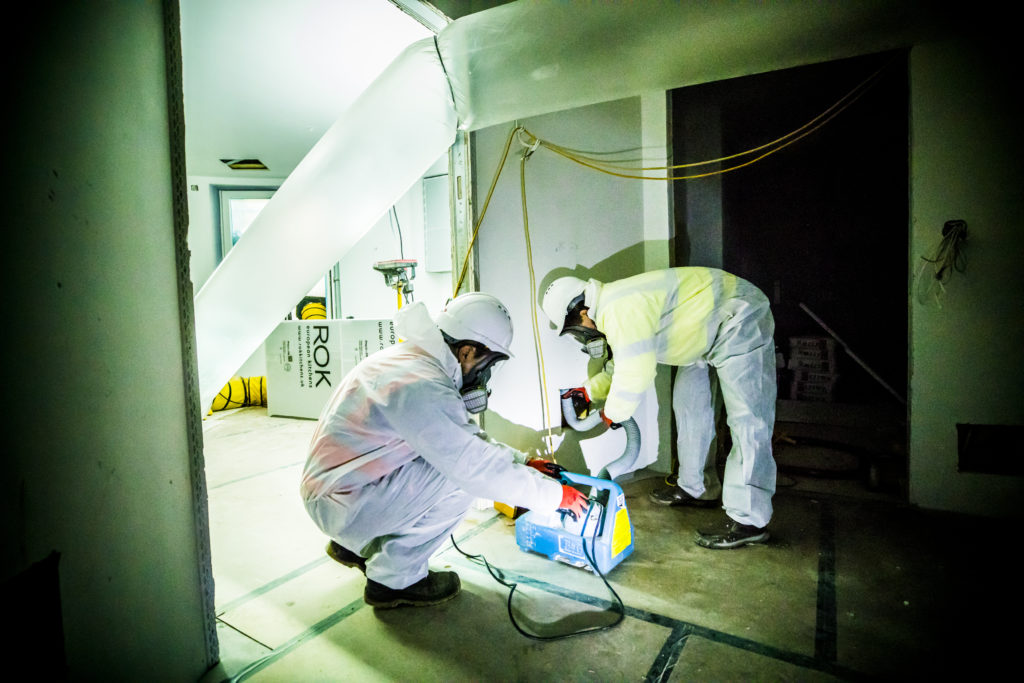
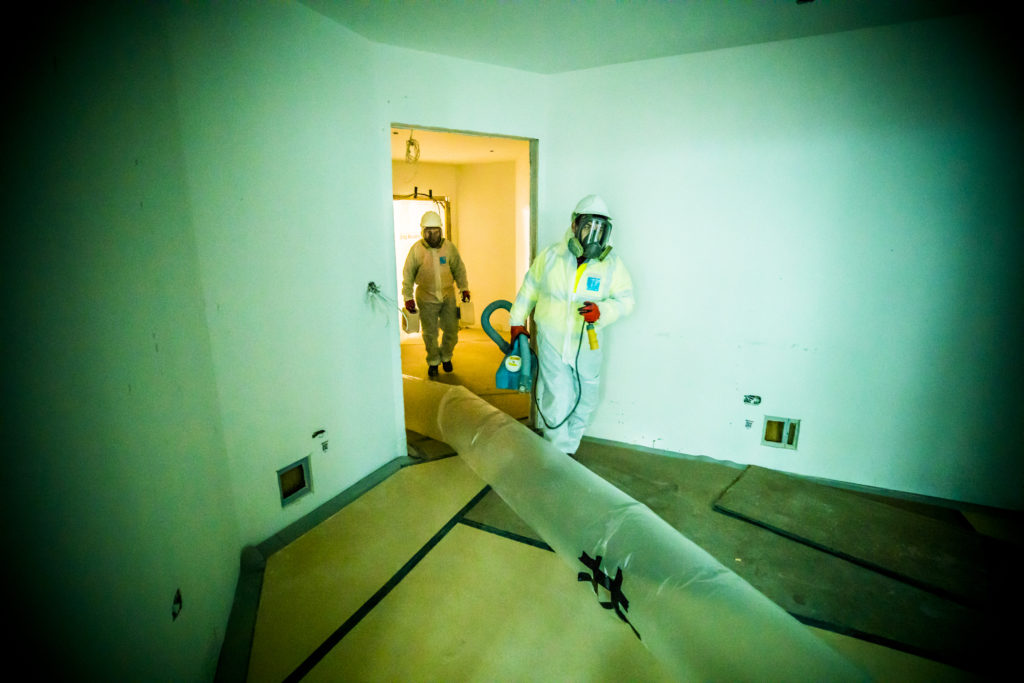
The Result
The property had been completely dried in just under two months. Parts of the building were dry within just over a week after we arrived onsite, so work was able to continue there with very little delay.
Our client was delighted that they were able to get back on schedule and got straight back to the construction.
Until…
The Challenge: Part Two
Months after we completed the work at the property development in Hampstead we received another call from our client.
The pipework on the building had started to leak, causing more flooding that desperately needed drying. Fortunately, they had a tried and tested practice for solving problems like this:
They called Ideal Response – again.
The Ideal Solution: Part Two
Not all sequels are disappointing. We returned onsite, again under no illusions as to how big this project would be. We knew the size of the building, and, while not the entire property had been impacted by the leaks, we were now dealing with a property much closer to being completed.
We didn’t change our working methods – they are tried and tested, after all. What we did recognise, though, is that this job required a different set of equipment.
We take time to search out the best, state of the art, equipment for any job we face. For the second job at Hampstead we were armed with:
- 11 x Water Separator
- 6 x Dehumidifier
- 18 x Drying Turbine
- 10 x Man Cooler (Fan)
- 5 x Heat Drying System
- 8 x Air Mover
Again, we were able to remotely monitor our progress to keep costs down.
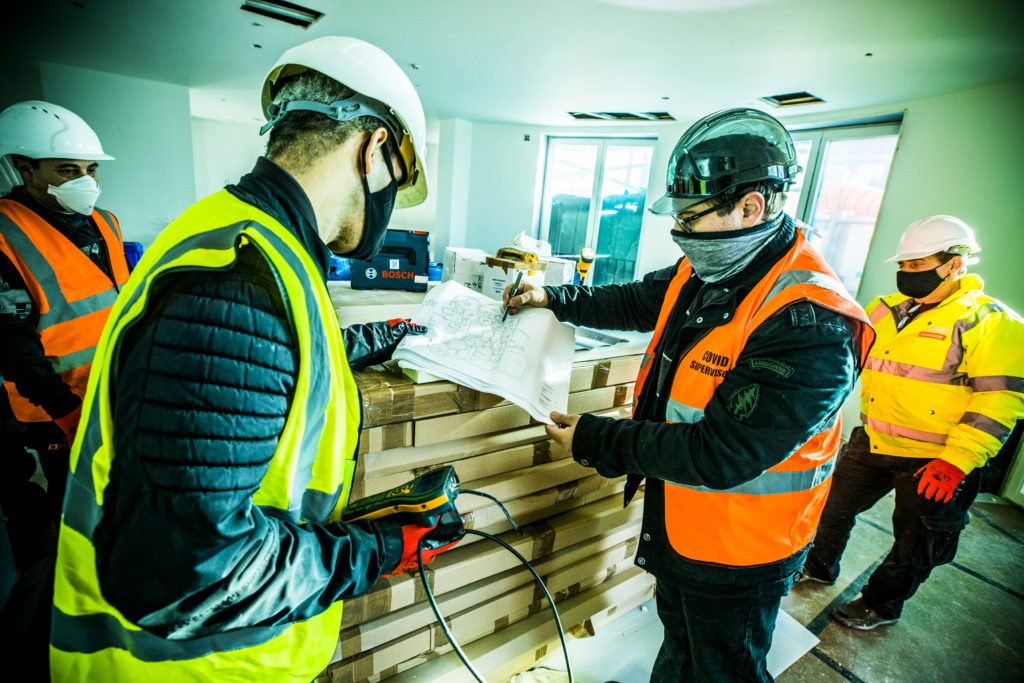
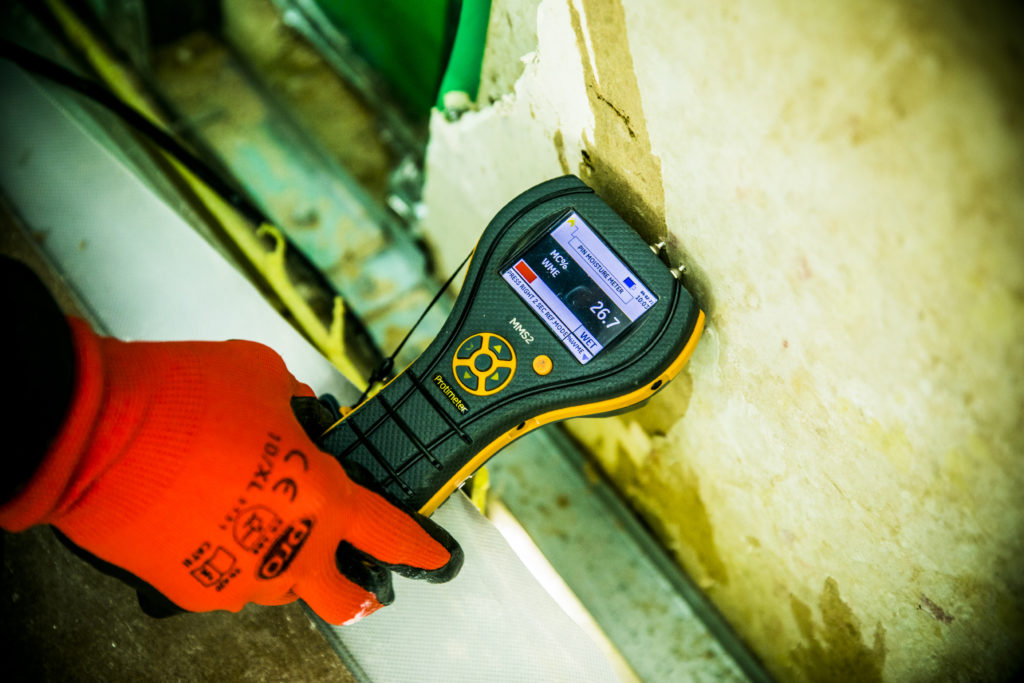
The Result: Part 2
In just over a month the property was returned to its previous state. The work had, yet again, been a complete success.
The best reference that we could ask for – when our client needed someone urgently, they called us back in.



